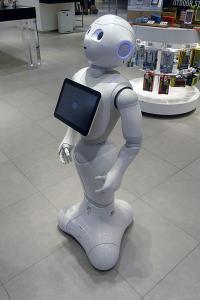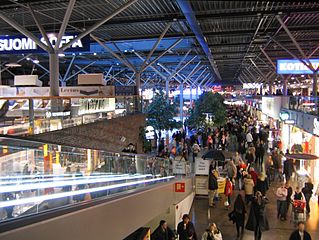About the MuMMER project

 Throughout the project, the robot was deployed in Ideapark, a large public shopping mall in Finland: initially for short visits to aid in collaborative scenario development, co-design, and system evaluation, and later for a long-term field study in the 4th year of the project. Through our co-design approach, we will both study and foster acceptance of consumer robots and thus positively influence the consumer markets of service robots.
Throughout the project, the robot was deployed in Ideapark, a large public shopping mall in Finland: initially for short visits to aid in collaborative scenario development, co-design, and system evaluation, and later for a long-term field study in the 4th year of the project. Through our co-design approach, we will both study and foster acceptance of consumer robots and thus positively influence the consumer markets of service robots.
The results of MuMMER take the following forms:
- A co-designed interactive mobile robot with entertainment features and behaviours that is able to interact naturally with humans in a public space.
- A set of concrete, detailed, tested use and business scenarios for a mobile entertainment robot in a shopping mall.
- A set of success criteria and evaluation strategies designed to evaluate the success of the robot in its designated tasks.
- A set of publicly available, reusable, state-of-the-art components for audiovisual scene processing, social signal processing, high-level action selection, and human-aware robot navigation.
The MuMMER project began in March 2016 and had a duration of 48 months, and was funded by the European Commission through its Horizon 2020 Programme.

